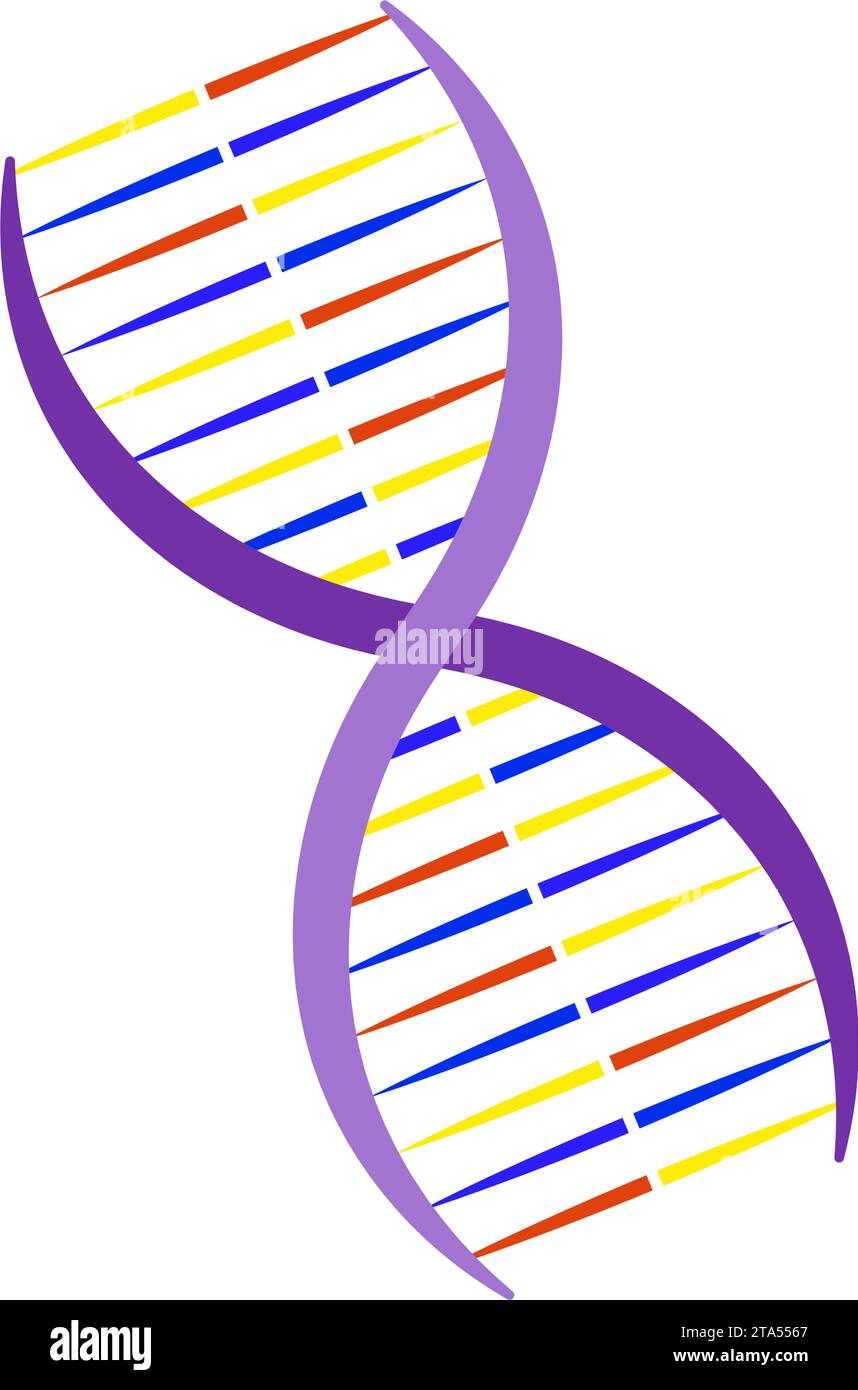Rett Syndrome Photos: Understanding The Visual Journey Of A Rare Neurodevelopmental Disorder
Rett syndrome photos play an essential role in helping families and caregivers better understand this complex neurodevelopmental disorder. From identifying early signs to recognizing the impact on daily life, visual aids provide valuable insights into the realities of living with Rett syndrome. In this comprehensive guide, we will explore the significance of Rett syndrome photos, the condition itself, and how it affects individuals and their families.
Rett syndrome is a rare genetic disorder that primarily affects females and impacts brain development. It is characterized by a regression in motor and communication skills, typically appearing between 6 and 18 months of age. Understanding the visual representation of this condition is crucial for raising awareness and providing support for those affected.
Through Rett syndrome photos, we can gain a deeper appreciation of the challenges faced by individuals with this condition and the strategies that can help improve their quality of life. In this article, we will delve into various aspects of Rett syndrome, including its symptoms, causes, diagnosis, and treatment options, while emphasizing the importance of visual documentation in the process.
Read also:Ximena Saenz The Rising Star Of Latin Music
Table of Contents
- What is Rett Syndrome?
- Early Signs and Symptoms
- Genetic Causes and MECP2 Mutation
- Diagnosis Process
- The Role of Rett Syndrome Photos
- Living with Rett Syndrome
- Treatment Options and Management Strategies
- Building a Support Network
- Raising Awareness Through Visuals
- Conclusion
What is Rett Syndrome?
Rett syndrome is a rare neurodevelopmental disorder that primarily affects females, impacting brain development and leading to severe impairments in motor and communication skills. It is caused by mutations in the MECP2 gene, which regulates other genes involved in brain function. Although rare, Rett syndrome has a profound impact on the lives of those affected and their families.
According to the International Rett Syndrome Foundation, Rett syndrome occurs in approximately 1 in 10,000 to 15,000 female births worldwide. Early intervention and support are critical for improving the quality of life for individuals with this condition.
Key Characteristics of Rett Syndrome
- Loss of purposeful hand movements
- Developmental regression between 6 and 18 months
- Impaired communication and social interaction
- Repetitive hand movements, such as hand wringing or clapping
Early Signs and Symptoms
Recognizing the early signs of Rett syndrome is crucial for timely diagnosis and intervention. While symptoms vary from person to person, common early indicators include delayed milestones, loss of motor skills, and changes in behavior.
Developmental Delays
Children with Rett syndrome often experience delays in reaching developmental milestones, such as sitting, crawling, or walking. These delays may be subtle at first but become more noticeable as the child grows older.
Behavioral Changes
Behavioral changes, such as reduced interest in toys or decreased eye contact, may also signal the onset of Rett syndrome. Parents and caregivers should remain vigilant and consult a healthcare professional if they notice any concerning signs.
Genetic Causes and MECP2 Mutation
Rett syndrome is primarily caused by mutations in the MECP2 gene, located on the X chromosome. This gene produces a protein that regulates other genes involved in brain development. Mutations in the MECP2 gene disrupt normal brain function, leading to the characteristic symptoms of Rett syndrome.
Read also:Xinena Saenz A Rising Star In The World Of Entertainment
Research published in the journal Nature Genetics highlights the critical role of the MECP2 gene in brain development and the impact of its mutations on neurological function.
Diagnosis Process
Diagnosing Rett syndrome involves a combination of clinical evaluation and genetic testing. Healthcare providers assess the child's developmental history, observe symptoms, and perform genetic testing to confirm the presence of MECP2 mutations.
Clinical Evaluation
A thorough clinical evaluation includes reviewing the child's medical history, observing symptoms, and conducting physical and neurological examinations. This step helps rule out other conditions with similar symptoms.
Genetic Testing
Genetic testing confirms the presence of MECP2 mutations and provides a definitive diagnosis of Rett syndrome. It is essential for guiding treatment and management strategies.
The Role of Rett Syndrome Photos
Rett syndrome photos serve as valuable tools for understanding the condition, raising awareness, and documenting progress. They provide a visual representation of the challenges faced by individuals with Rett syndrome and highlight the importance of early intervention and support.
Documenting Progress
Photos can track the progress of individuals with Rett syndrome, showcasing improvements in motor skills, communication, and overall quality of life. They also serve as a source of inspiration for families and caregivers.
Raising Awareness
Visual aids, including Rett syndrome photos, play a vital role in educating the public about this rare condition. They help dispel myths and misconceptions while fostering empathy and understanding.
Living with Rett Syndrome
Living with Rett syndrome requires a multidisciplinary approach that addresses the unique needs of each individual. Families and caregivers must work closely with healthcare providers, therapists, and educators to create a supportive environment that promotes growth and development.
Therapeutic Interventions
- Physical therapy to improve mobility and strength
- Occupational therapy to enhance daily living skills
- Speech therapy to improve communication abilities
Adaptive Strategies
Adaptive strategies, such as assistive technology and environmental modifications, can significantly improve the quality of life for individuals with Rett syndrome. These tools help individuals overcome barriers and achieve greater independence.
Treatment Options and Management Strategies
While there is no cure for Rett syndrome, various treatment options and management strategies can help alleviate symptoms and improve quality of life. These include medication, therapy, and supportive care.
Medication
Medications may be prescribed to address specific symptoms, such as seizures, anxiety, or gastrointestinal issues. Consultation with a healthcare provider is essential for determining the most appropriate treatment plan.
Supportive Care
Supportive care, including nutrition management and respiratory support, is critical for maintaining overall health and well-being in individuals with Rett syndrome.
Building a Support Network
Building a strong support network is essential for families and caregivers of individuals with Rett syndrome. Connecting with others who share similar experiences can provide emotional support, practical advice, and valuable resources.
Parent Support Groups
Parent support groups offer a safe space for sharing experiences, exchanging information, and building relationships with others who understand the challenges of raising a child with Rett syndrome.
Professional Resources
Healthcare providers, therapists, and educators are valuable resources for families navigating the complexities of Rett syndrome. Their expertise can guide decision-making and inform treatment plans.
Raising Awareness Through Visuals
Raising awareness about Rett syndrome is crucial for promoting understanding, fostering inclusion, and securing resources for research and support. Visual aids, including Rett syndrome photos, play a vital role in this process.
Advocacy Efforts
Advocacy efforts, such as awareness campaigns and fundraising events, help bring attention to Rett syndrome and its impact on individuals and families. These initiatives also encourage collaboration and innovation in research and treatment.
Community Engagement
Engaging the community through educational programs and outreach activities can help break down barriers and promote acceptance of individuals with Rett syndrome. Visual documentation, including photos and videos, enhances these efforts by providing a tangible connection to the cause.
Conclusion
Rett syndrome photos offer a powerful tool for understanding this complex neurodevelopmental disorder and raising awareness about its impact on individuals and families. By exploring the causes, symptoms, diagnosis, and treatment options for Rett syndrome, we can better support those affected and advocate for advancements in research and care.
We encourage readers to share this article, leave comments, and explore other resources on our website to deepen their understanding of Rett syndrome. Together, we can make a difference in the lives of those living with this condition.


